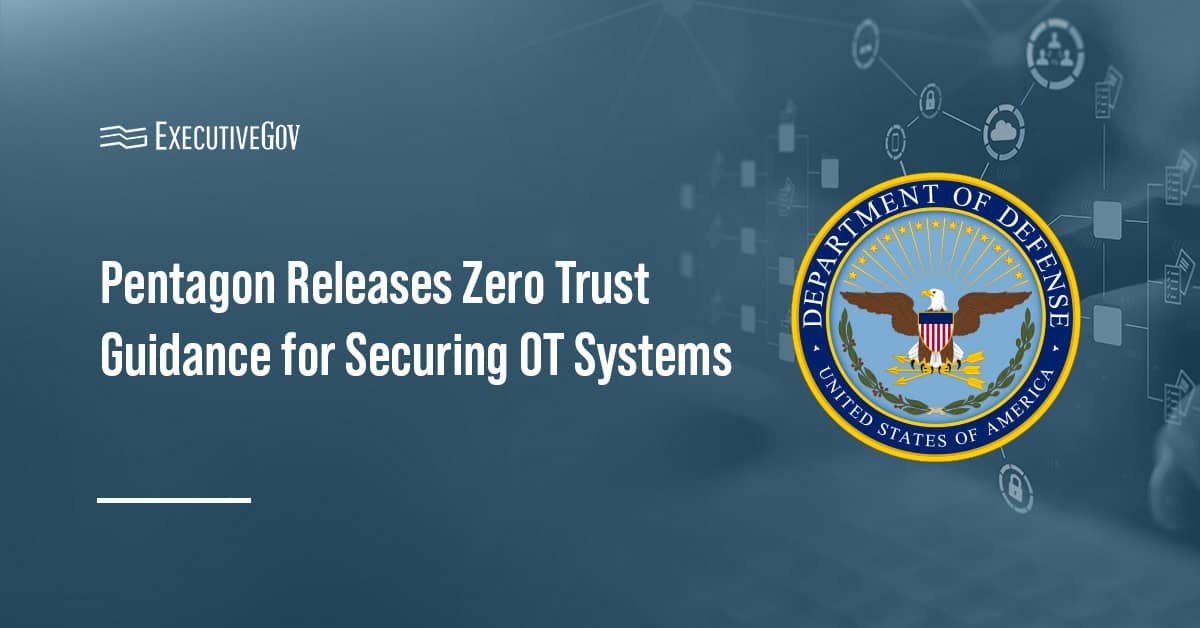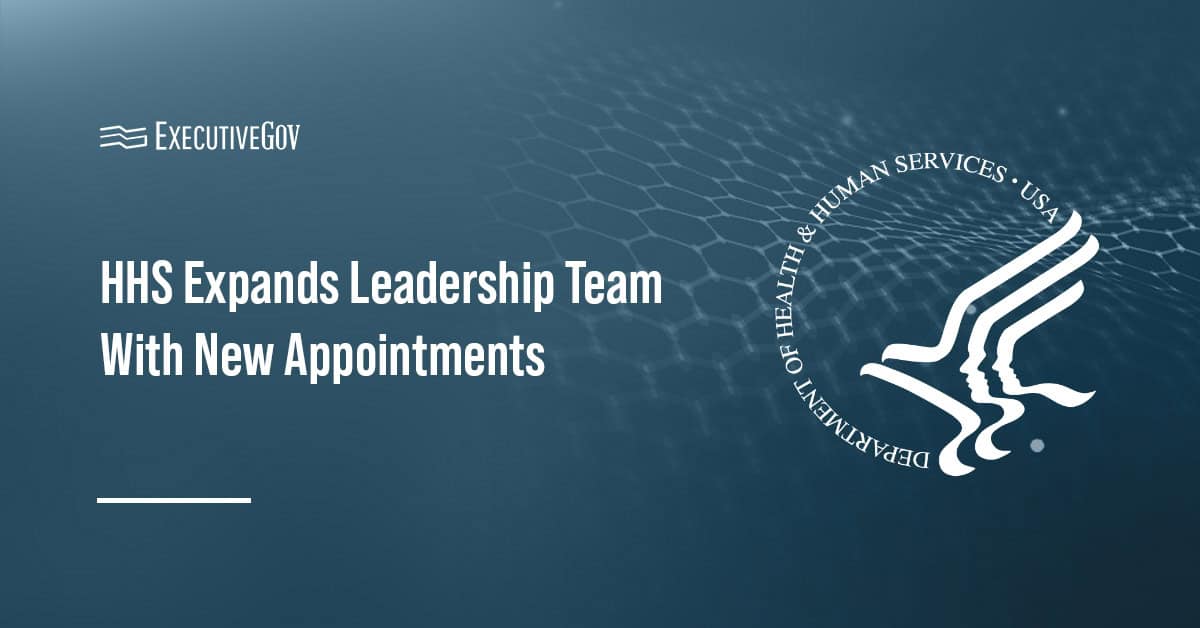 The Defense Department‘s senior leadership council has met to discuss “continued preparedness” ahead of DoD’s transition to new leadership, DoD News reported Tuesday.
The Defense Department‘s senior leadership council has met to discuss “continued preparedness” ahead of DoD’s transition to new leadership, DoD News reported Tuesday.Karen Parrish writes Defense Secretary Ashton Carter told reporters that the meeting included briefings on regional issues such as North Korean and Russian aggression; the Islamic State militant group; change in the Asia-Pacific region; and countering Iran’s influence.
Carter added DoDÂ leaders “will continue to make an important and lasting contribution to the future of our military.”
DoD’s senior leadership council includes heads of combatant commands and services.





